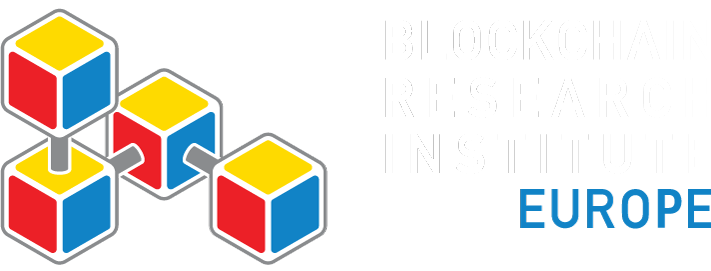Patterns from the Past
Report Overview
Author: Christian Keil
Release Date: August 30, 2019
Abstract:
This is the first half of Trust(less): How Blockchain Will Help Us Navigate the Post-Trust World. It establishes the context for distrust in technology. We might assume that our current challenges with blockchain innovations are unique. But every generation of inventive entrepreneurs has faced push-back from a species that doesn’t easily embrace change. After reviewing the history of initially terrifying inventions—from electricity and elevators to artificial intelligence and Airbnb—the author distills the lessons relevant to the building consumer trust needed for broad consumer adoption of blockchain technologies.
